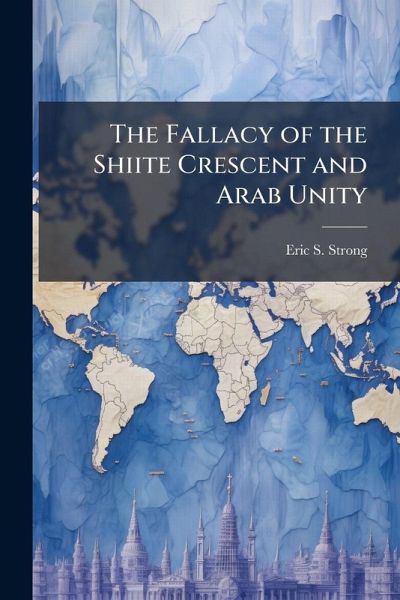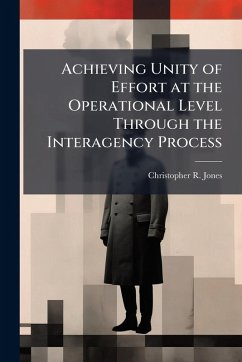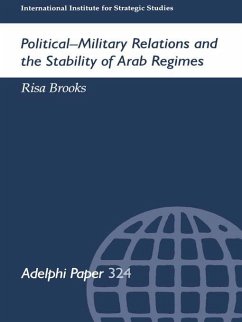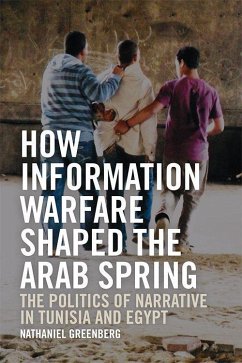
The Fallacy of the Shiite Crescent and Arab Unity
Versandkostenfrei!
Versandfertig in über 4 Wochen
15,99 €
inkl. MwSt.
Weitere Ausgaben:

PAYBACK Punkte
8 °P sammeln!
Ever since King Abdullah II of Jordan quipped that the Middle East may soon see a Shiite Crescent stretching from Iran to Lebanon the United States and the Arab nations of the Middle East have been obsessed with Iran's increased influence in the region. Some believe that Iran will merge the Shiite populations of Iraq, Syria and Lebanon into a sort of Shiite super state. In contrast, a second school of thought believes that a Shiite Crescent will not emerge due to Arab unity in the face of Persian expansion. Both of these theories are flawed and subscribing to them can significantly decrease th...
Ever since King Abdullah II of Jordan quipped that the Middle East may soon see a Shiite Crescent stretching from Iran to Lebanon the United States and the Arab nations of the Middle East have been obsessed with Iran's increased influence in the region. Some believe that Iran will merge the Shiite populations of Iraq, Syria and Lebanon into a sort of Shiite super state. In contrast, a second school of thought believes that a Shiite Crescent will not emerge due to Arab unity in the face of Persian expansion. Both of these theories are flawed and subscribing to them can significantly decrease the efficacy of any U.S. initiatives in the region. Without a doubt Iran has increased its influence. The removal of Iran's chief antagonists Saddam Hussein and the Taliban, paved the way for increased Iranian engagement throughout the Persian Gulf, the Caucasus and the Middle East. Furthermore, Hezbollah's 2006 strategic victory over Israel, the seeming international paralysis at dealing with Iran's nuclear transgressions and the United States' focus in Iraq and Afghanistan have emboldened Iran. This work has been selected by scholars as being culturally important, and is part of the knowledge base of civilization as we know it. This work was reproduced from the original artifact, and remains as true to the original work as possible. Therefore, you will see the original copyright references, library stamps (as most of these works have been housed in our most important libraries around the world), and other notations in the work. This work is in the public domain in the United States of America, and possibly other nations. Within the United States, you may freely copy and distribute this work, as no entity (individual or corporate) has a copyright on the body of the work. As a reproduction of a historical artifact, this work may contain missing or blurred pages, poor pictures, errant marks, etc. Scholars believe, and we concur, that this work is important enough to be preserved, reproduced, and made generally available to the public. We appreciate your support of the preservation process, and thank you for being an important part of keeping this knowledge alive and relevant.







![The Geographical Unity of the British Empire [microform] Cover The Geographical Unity of the British Empire [microform]](https://bilder.buecher.de/produkte/65/65553/65553930n.jpg)
![The Struggle for Imperial Unity [microform]: Recollections & Experiences Cover The Struggle for Imperial Unity [microform]: Recollections & Experiences](https://bilder.buecher.de/produkte/66/66141/66141101n.jpg)
![Imperial Federation [microform]: the Problem of National Unity Cover Imperial Federation [microform]: the Problem of National Unity](https://bilder.buecher.de/produkte/66/66134/66134839n.jpg)


